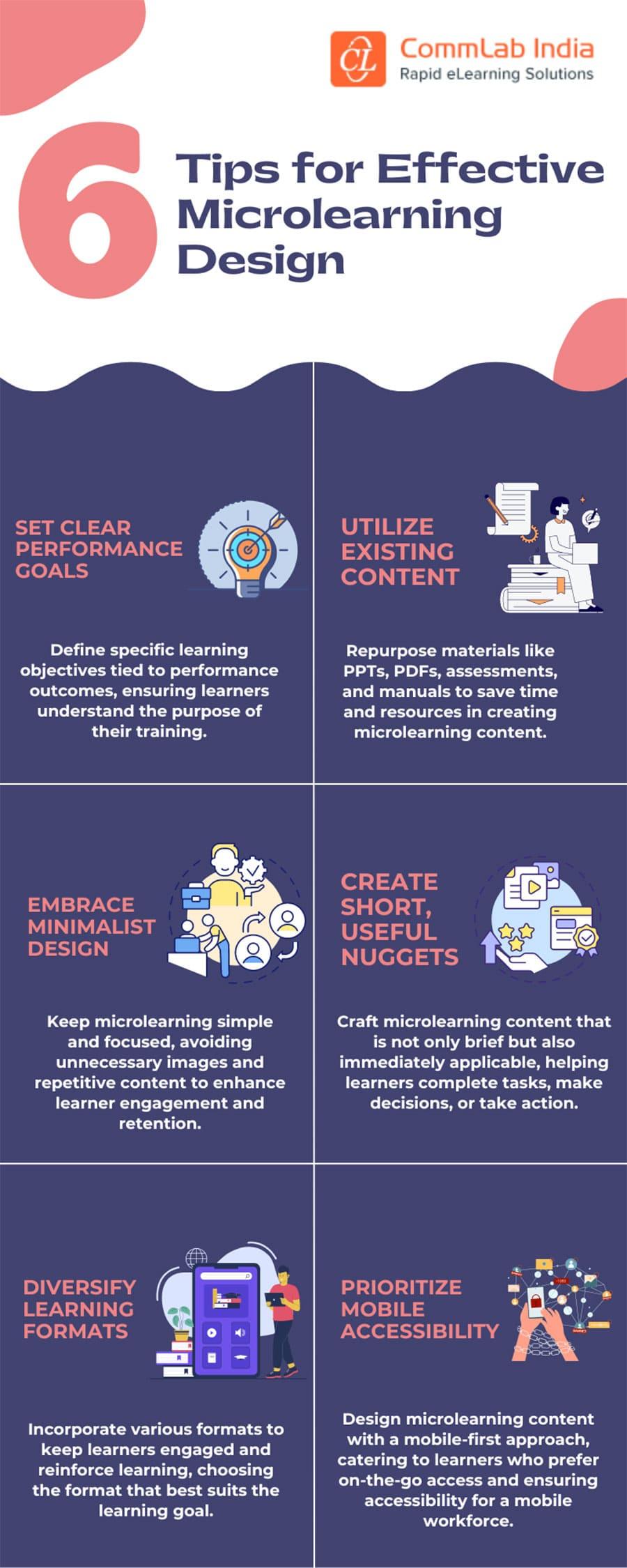How to Design Effective Microlearning Modules: Proven strategies for Engaging Training
Microlearning has rapidly emerged as one of the most effective digital training solutions for today’s fast-paced, distraction-filled workplaces. By delivering speedy, focused bursts of information, microlearning modules empower learners to grasp and retain crucial knowledge without overwhelming them. But effective microlearning isn’t just about brevity—it requires thoughtful instructional design, engaging content, and a clear understanding of how adults learn best.
If you’re ready to create microlearning modules that truly make an impact, this guide will walk you through proven strategies, practical tips, and real-world insights for designing engaging and results-driven training experiences.
What is Microlearning? Understanding the Microlearning Approach
Microlearning is an instructional approach that delivers content in short,digestible segments—typically lasting between 3 to 7 minutes. Each microlearning module focuses on a specific learning objective or skill, making it easy for employees to consume information right at their moment of need. With the growing adoption of mobile learning, microlearning has become a go-to strategy for training on the go.
Key Features of Microlearning Modules
- Bite-sized: Focused on a single topic or skill, allowing for quick consumption.
- Highly targeted: Each module addresses one clear learning outcome.
- Interactive and engaging: incorporates videos, quizzes, infographics, or scenarios.
- Flexible and mobile-friendly: Designed for easy access anytime, anywhere.
- Performance-oriented: Aims to improve on-the-job performance quickly and efficiently.
benefits of Microlearning in Corporate Training
Before diving into how to design effective microlearning modules, let’s explore the key benefits that make microlearning a smart choice for modern training.
- Improved knowledge retention: Research shows that short, focused content enhances memory and recall.
- Increased learner engagement: Learners are more likely to complete microlearning modules than lengthy courses.
- Faster time to competence: Employees quickly acquire essential skills and information.
- Cost-effective: Reduces production time, growth costs, and training overhead.
- just-in-time learning: Supports performance by providing information at the exact moment it’s needed.
Proven Strategies for Designing Effective Microlearning Modules
Creating engaging and effective microlearning modules requires more than trimming down existing eLearning content. Follow these strategies to maximize learning impact and boost engagement:
1. Identify Clear and Measurable Learning Objectives
- Define outcomes for each module—what should learners no or do by the end?
- Align objectives with business goals and learner needs.
- Keep modules tightly focused on one objective for maximum clarity.
2. Distill Content to Its Core
- Eliminate unneeded information or “nice-to-know” content.
- Use the “Need-to-Know First” principle to prioritize essential information.
- Break larger topics into a series of micro modules for easier absorption.
3. Embrace Visuals and Multimedia
- Use images, videos, diagrams, and infographics to convey information quickly.
- Consider short animations or explainer videos to simplify complex concepts.
- Utilize audio narration for accessibility and learner preference.
4. Make It Interactive
- Incorporate interactive elements: quizzes, knowledge checks, drag-and-drop activities, or branching scenarios.
- Use micro-challenges or simulations to reinforce skills through practice.
- Provide instant feedback to learners for better engagement and correction.
5. Design for Mobile Learning
- Ensure modules are easily accessible on smartphones and tablets.
- Opt for responsive design and vertical scrolling for effortless navigation.
- Use large buttons and touch-friendly controls for smooth user experience.
6. Foster Real-World Application
- Include job-relevant scenarios and examples your audience can relate to.
- Offer actionable “how-to” tips or quick-reference checklists.
- Encourage learners to practice or apply their new knowledge instantly on the job.
7. Utilize Microlearning Platforms and Tools
- Choose a Learning Management System (LMS) or mobile-first microlearning app that supports quick content creation, delivery, and tracking.
- leverage built-in analytics to measure completion rates,knowledge retention,and learner satisfaction.
Practical Tips for Microlearning Success
- Use storytelling: Short, relatable stories can help anchor new knowledge and boost retention.
- Personalize learning paths: Allow learners to choose modules based on their needs and interests.
- Keep the tone conversational: Speak directly to the learner, and avoid jargon where possible.
- Schedule regular updates: Refresh content regularly to ensure ongoing relevance.
- Provide job aids: Supplement microlearning modules with printable checklists, quick guides, or step-by-step process documents.
Case Study: Microlearning in Action
“After introducing microlearning modules for our frontline sales representatives, we saw a 35% betterment in product knowledge assessments and a 15% boost in monthly sales within just two months. The modules’ engaging videos and interactive quizzes made learning fun and easy to fit into a busy sales schedule.”
— Learning & development Leader, Retail Industry
Companies across industries, from healthcare to finance, are leveraging microlearning solutions to speed up onboarding, support compliance, and provide ongoing skill development. The key to their success? Consistently focused, interactive, and mobile-friendly content tailored to real business needs.
Common Pitfalls to Avoid
- Overloading modules with information: Respect the microlearning format’s concise nature.
- Neglecting learner feedback: Gather and use feedback to refine modules and ensure effectiveness.
- Ignoring analytics: Track performance and adapt strategies as needed for continuous improvement.
- Forgetting accessibility: Ensure all modules comply with accessibility standards for diverse learners.
Conclusion: Transform Training with Effective Microlearning
Designing effective microlearning modules requires a blend of instructional design expertise, creativity, and a deep understanding of your learners’ needs. By focusing on targeted objectives, leveraging multimedia, encouraging real-world practice, and continually analyzing results, you can deliver engaging microlearning experiences that drive real business results.
Ready to enhance your training strategy? Start small—select a high-impact topic and design a focused microlearning module using the strategies outlined above. Over time, you’ll build a library of engaging microlearning content that empowers learners and drives organizational success.

